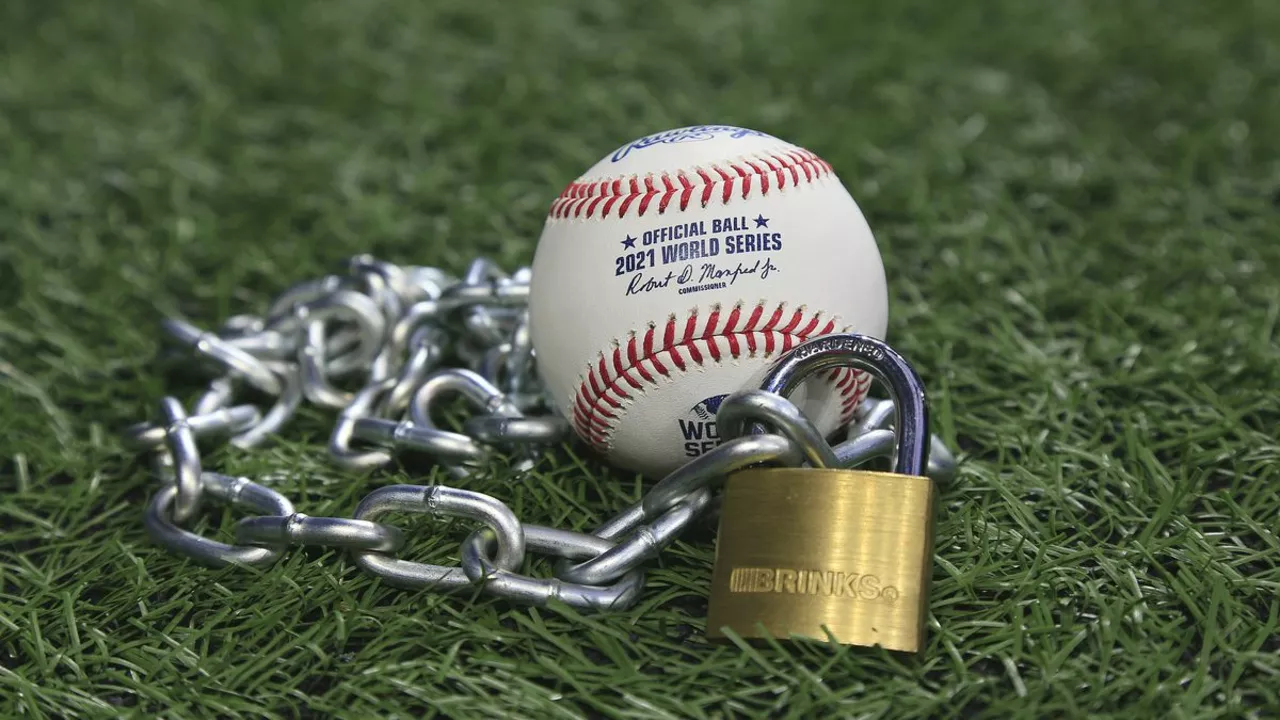MLB Owners: Who Controls the Game?
When you watch a game, the players get most of the applause, but it’s the owners who decide the budget, the stadium upgrades, and even the team name. Understanding MLB ownership helps you see why some clubs win big while others struggle.
How MLB Ownership Works
Every of the 30 clubs has a principal owner or a group of investors listed with Major League Baseball. The league requires each ownership group to have at least a 30% stake and a net‑worth that can cover operating costs. Owners sign a membership agreement that outlines revenue sharing, salary‑cap limits, and community‑investment rules.
Revenue comes from ticket sales, TV deals, merchandise, and a share of national contracts. The more marketable a team is, the larger the owner's paycheck. That’s why owners in big cities like New York or Los Angeles often have deeper pockets than those in smaller markets.
Who Are the Most Talked‑About MLB Owners?
Some owners stay out of the spotlight, while others love the media. Here are a few you’ll hear about often:
John Henry (Boston Red Sox) – Co‑founder of Fenway Sports Group, Henry turned the Red Sox from a cash‑strapped club into a World Series champion. He’s also known for pushing data‑driven decisions.
Mark Attanasio (Milwaukee Brewers) – A hedge‑fund manager who invests heavily in fan experience. Attanasio’s stadium renovations have boosted attendance and created a family‑friendly vibe.
Steve Cohen (New York Mets) – The billionaire who spent over $2 billion on the Mets. Cohen’s aggressive spending has raised expectations for a quick championship run.
John Sherman (Los Angeles Angels) – Sherman's how‑to‑guide to running a franchise includes a focus on youth development and a willingness to gamble on big contracts.
James Dolan (New York Knicks – crossover note) – While not an MLB owner, Dolan’s notorious management style often serves as a cautionary tale for baseball owners about over‑reaching in the front office.
These owners differ in style, but they share a common goal: make the team profitable while keeping fans hooked.
Beyond the big names, many teams are owned by investment groups that rotate leadership every few years. This can bring fresh ideas but also uncertainty, especially when the group’s primary focus isn’t baseball.
Understanding who owns your favourite team can add a new layer to watching the game. When a team builds a new stadium, it’s usually the owner’s vision and wallet at work. When player contracts skyrocket, think of the ownership board approving those numbers.
So next time you’re at the ballpark, remember the owners are the ones signing the checks that make the lights shine. Their decisions shape the future of the sport, from ticket prices to stadium design, and even the way the game’s broadcast.
Keep an eye on ownership news – a change at the top can mean a whole new direction for your club.

Why can't MLB owners sign free agents during a lockout?
In simple terms, Major League Baseball (MLB) owners cannot sign free agents during a lockout because all player transactions are frozen. The lockout, a work stoppage initiated by the owners, halts all operations that include players. This means no trades, no signings, and no usage of team facilities by players. It's a tough situation, but it's a tool used by the owners to exert pressure during contract negotiations. Ultimately, the game suffers as the fans eagerly await the resolution.